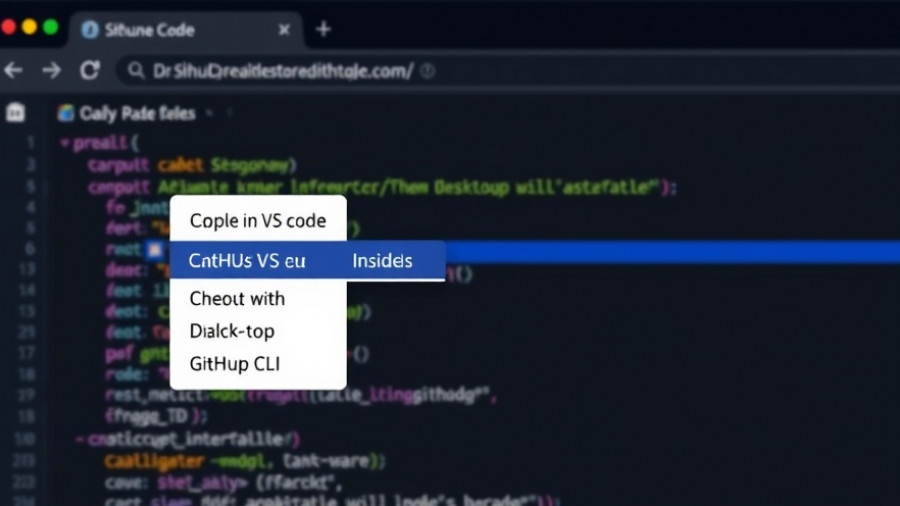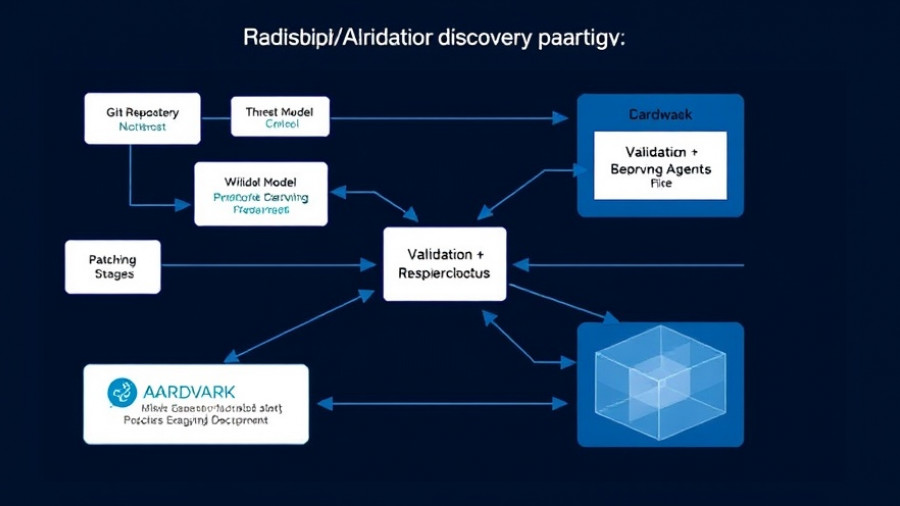
Navigating the Future of User Interfaces in an Agentic AI World
The dawn of agentic AI is reshaping how we interact with technology, pushing user interface (UI) design to adapt to a new era where AI agents take on tasks autonomously. No longer confined to chatbots, these intelligent agents are capable of executing complex workflows from start to finish. This major shift not only enhances efficiency but also demands innovative and effective UI designs that can handle this newfound autonomy.
Understanding Agentic AI and Its Implications
Agentic AI refers to systems that can act autonomously, executing tasks based on user instructions rather than merely responding to queries. Unlike traditional chatbots, which operate on scripted interactions, AI agents can adapt, reason, and make decisions. This capability necessitates a UI that can facilitate both communication and oversight. For instance, OpenAI's Operator stands out as an early example, allowing users to engage with the AI while visually tracking its actions through a split-screen interface.
Convergence in UI Design: The Next Standard Emerges
As UI design evolves with the technology, we observe a pattern reminiscent of historical tech transitions. Just as the QWERTY keyboard became the standard in typing technology, we now see a push towards a standard UI for AI agents. This convergence focuses on a dual-panel design: one side for user interactions and instructions, and the other displaying the agent's ongoing activities in real-time.
This split-screen format aims to ensure transparency and user control, vital for maintaining trust in AI systems. Brands like Manus are adopting similar layouts, emphasizing the trend towards clear visual feedback and a robust flow of information between user and agent.
Adapting to Dynamic UI Designs
With the future of work heavily leaning towards AI agents, companies looking to incorporate these systems into their workflow must prioritize UI design. The interface should not only be user-friendly but also intuitive, reducing the learning curve associated with new technologies. Here are some key considerations:
- Transparency: The UI needs to continually communicate the agent's current status and actions. Users should feel in control, with clear options to intervene if necessary.
- Feedback Mechanisms: Regular updates are essential. If an AI agent is handling multiple tasks, users should be informed about progress to reduce uncertainty.
- User-Centric Design: Understanding user intent is key. Minimalistic, adaptable designs that focus on clear navigation will facilitate smoother interactions.
Future Predictions for UI in an AI-Driven World
As AI agent interfaces become ubiquitous, industries are set to embrace more sophisticated UI designs that accommodate multitasking. Features like proactive nudging, where the UI suggests actions based on user behavior, will likely gain traction. With this heightened engagement, interfaces will evolve from basic interaction points to dynamic environments that foster an intelligent partnership between users and AI.
Such advancements promise not just enhanced productivity but also a more intuitive user experience, redefining the future landscape of human-computer interactions. Organizations that recognize the importance of aligning with intuitive design standards will gain significant competitive advantages in adopting AI into their frameworks.
Conclusion: Embracing the Shift
The rise of agentic AI symbolizes a broader digital transformation. As these intelligent agents become common in our daily lives, their corresponding UIs must evolve to enhance usability and trust. Businesses invested in this technology are advised to stay ahead of the curve by adopting these emerging design standards.
Building effective user interfaces for AI agents is not just about aesthetics; it’s about creating a reliable platform that integrates seamlessly with user needs. As the interaction paradigm shifts, maintaining a focus on transparency and user control will be paramount. Companies that adapt quickly will ensure they remain at the forefront of this rapidly evolving field.
 Add Row
Add Row  Add
Add 




Write A Comment